Tales of Kale
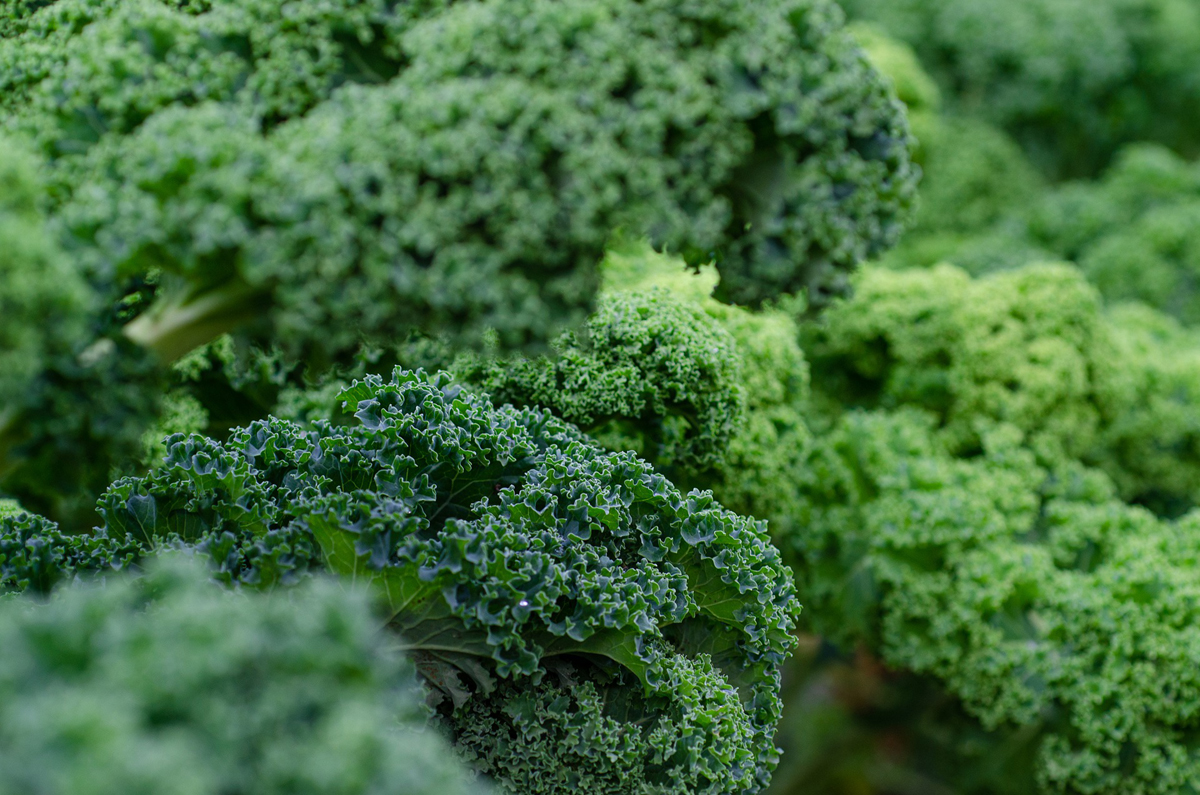
Since the earliest times Kale and their Brassica cousins have kept us from starvation during the so-called hungry gap of January through to March. These are the least productive months of the year. Kale is perhaps one of the toughest of green vegetables; it endures freezing temperatures and is one of the few vegetables growing in gardens at this time of year. It has been an underrated vegetable for a long time and has only come into vogue more recently.
Kale grows without forming a head and is a form of cabbage, a humble vegetable but at the same time, beautiful and ornamental with its coarse frilly leaves and tough central rib.
The wonderful Constance Spry writes in her book ‘Come into the Garden, Cook’ from 1942, “There are scoffers who find truly comic eccentricity in the consideration of beauty in what they call common vegetables. These are suffering from blindness caused by familiarity. Even the most hilarious mocker would have been compelled to stop laughing to admire a certain long border of dark green curly kale that I saw lately in a grey-walled garden. I came on it suddenly and stopped dead: the plants were more imposing than Victorian funeral plumes, and as covered with delicate bloom as a bunch of hothouse grapes. The bloom and curl of the leaves gave an illusion of softest velvet.”
I have to agree with her, they really are magnificent vegetables and have more recently found their way from a food of poverty and a staple cattle feed to one of trendiness, gracing the plates of many restaurants. Part of the appeal with Kale lies in its extraordinary vitamin content being particularly high in Vitamin C, Vitamin K and beta-carotene.
Kale is relatively easy to grow, and mainly untroubled by pests, although I did lose an entire crop last year to marauding caterpillars while I was away on holiday, and returned to find my beautiful Russian kale reduced to barely stalks. However, with proper care (netting) this can be avoided!
There are four types of Kale more popularly grown. The red Russian, one of my favorites, with mossy green coloured leaves edged with soft pink, Cavalo Nero, or Black Kale, which is a regal vegetable, with tall plumy dark almost black leaves, extremely popular in Italy and the basis of many well known dishes. The curly Kale, which most people will know from school having been boiled for hours and rendered damp, smelly and inedible. And the later flat-leaved form often called Hungry Gap for obvious reasons.
Grow the plants from seed, either straight into the ground from April to June in order to harvest in late winter, or in seed trays, pricking them out and potting them on when the seedlings get big enough. This is one vegetable, rather like sprouts which benefit from some frost to sweeten them.
There are also many forms of purely ornamental Kale, which include Osaka, Chidori and Peacock. These look really good planted in groups either in a border or in the vegetable garden. Joy Larkcom in ‘Creative Vegetable Gardening’ recommends growing them as an edging in a Potager, using alternate colours. These can also be grown easily from seed in modules and planted out in the summer.
As for the cooking and eating of Kale, as with cabbage, it marries well with any bacon, in the form of stir-fries and soups. In his book ‘Tender’ Nigel Slater also recommends cooking young Kale shoots with lemon and garlic, which is delicious – we ate it the other day as a side dish and also, more unusually, cooked with golden raisins and onions, the onions fried until caramelized, and a dressing made of blood orange juice, white wine vinegar and olive oil with some capers tossed together with steamed Cavolo Nero.
Nigel Slater waxes lyrical about Kale: “Few sights, vegetable or otherwise, are more breathtaking than a patch of Russian kale in the snow, its leaves the hauntingly beautiful dusty greens and faded pinks of an old tapestry.”
The Author:
Emma Bond

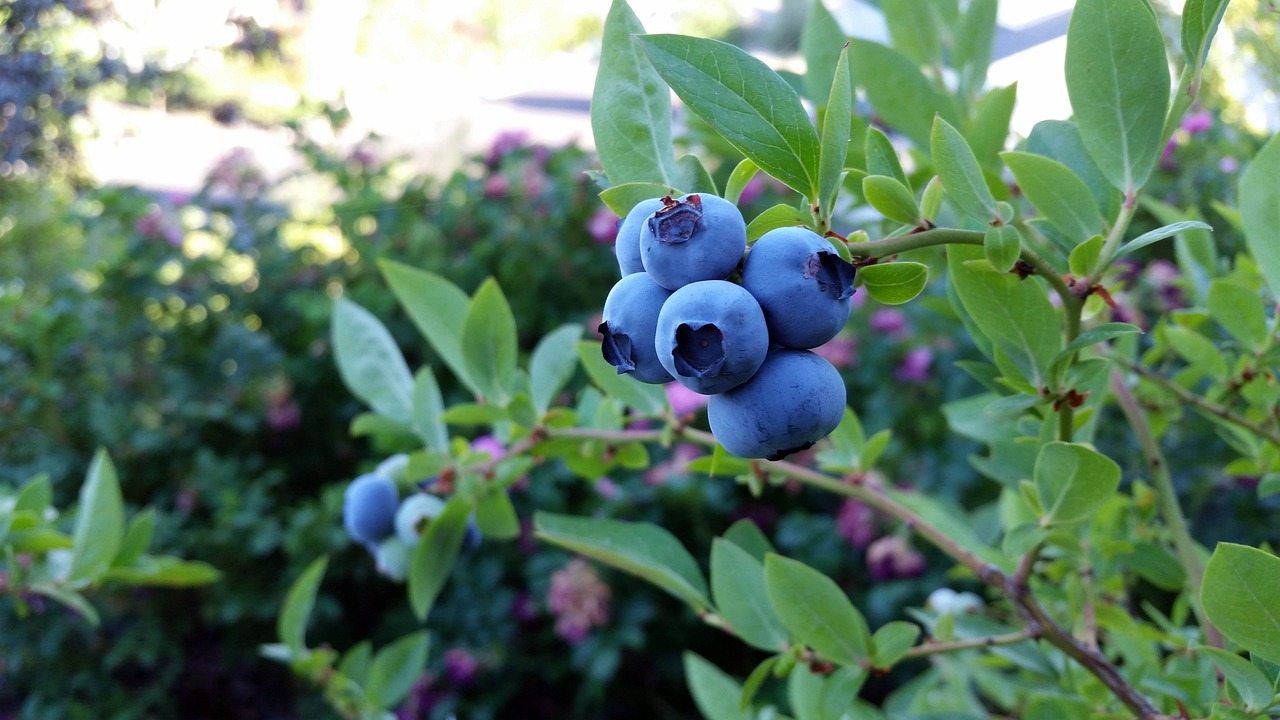
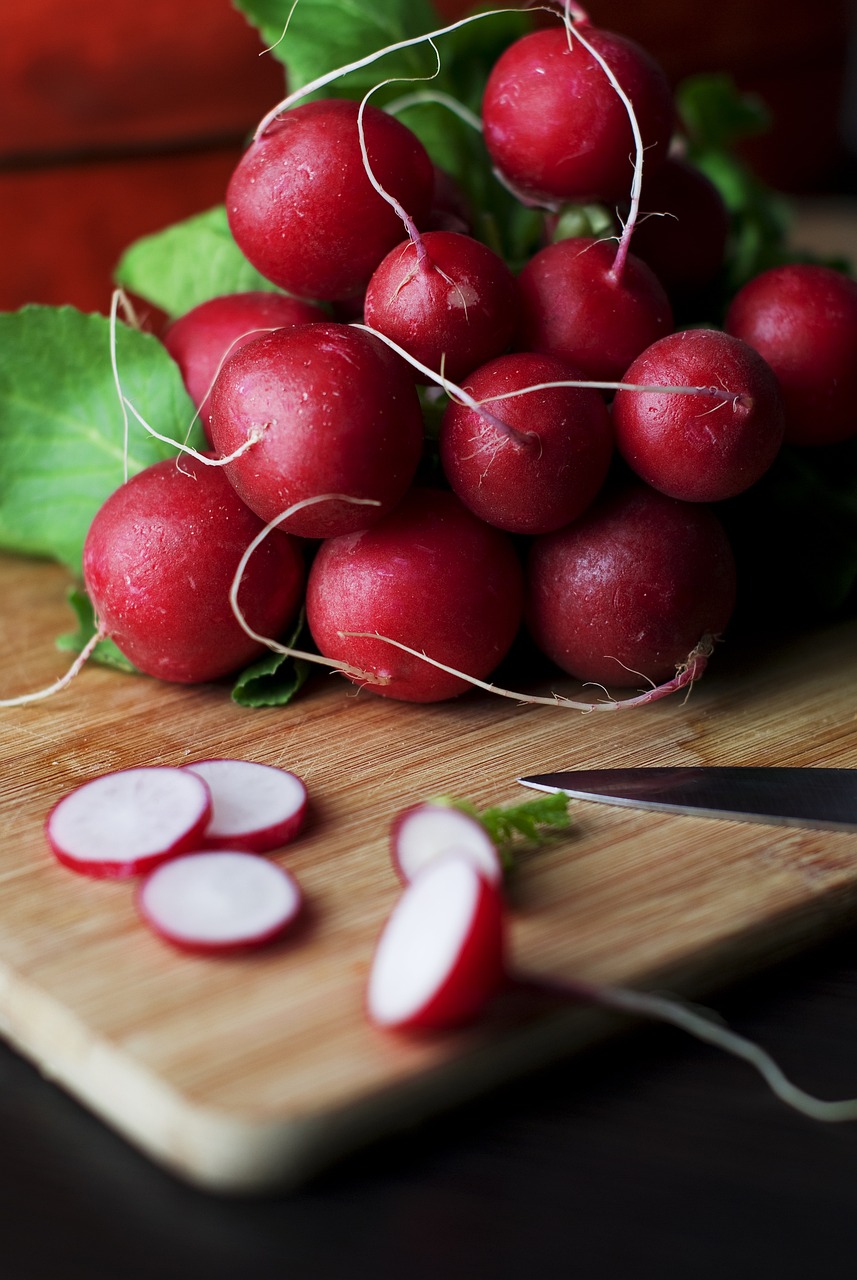
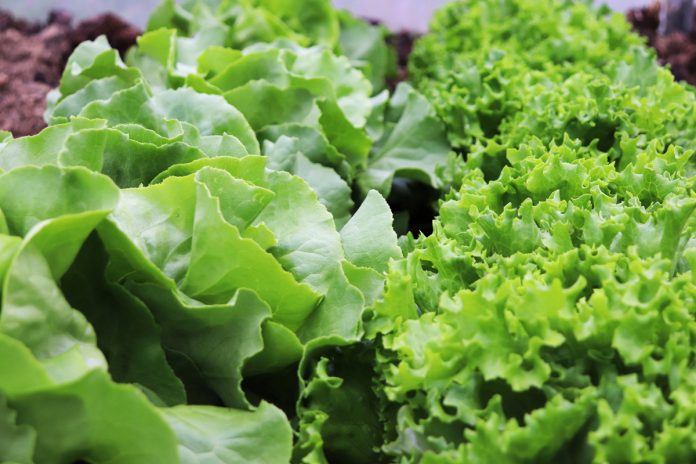
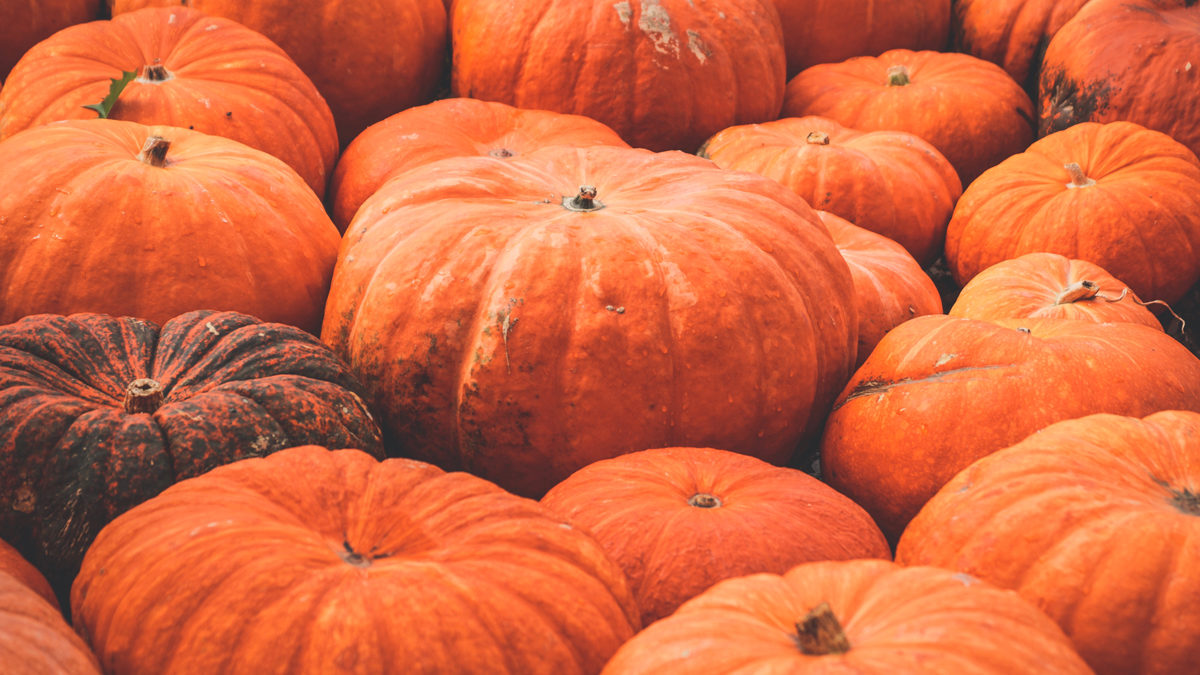
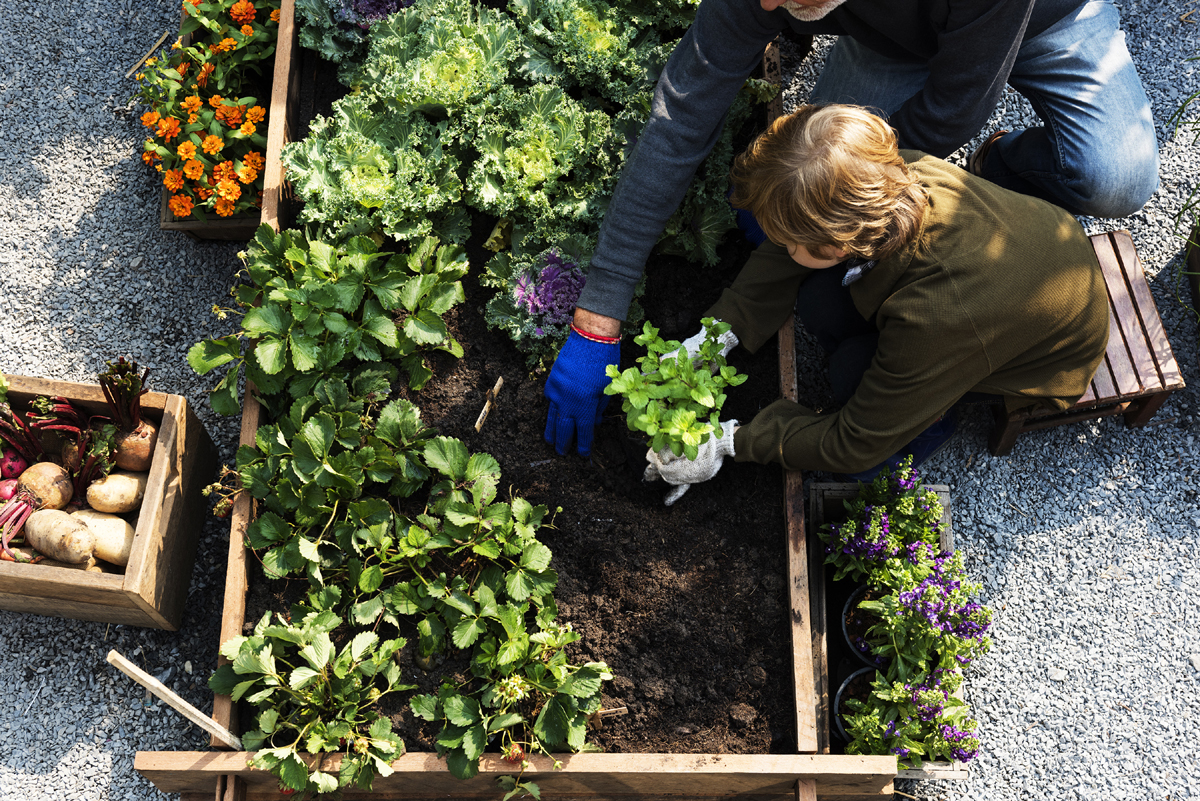

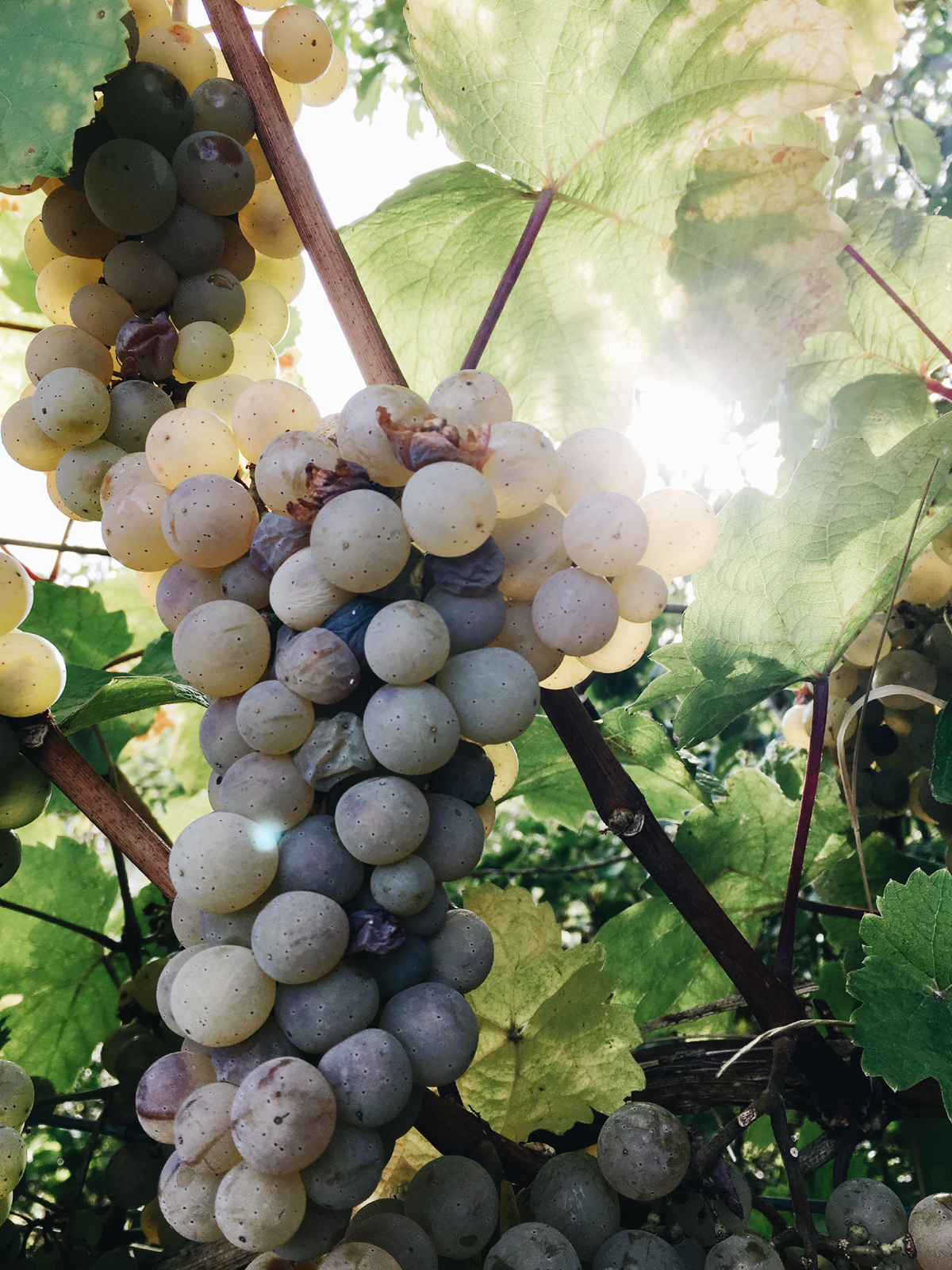
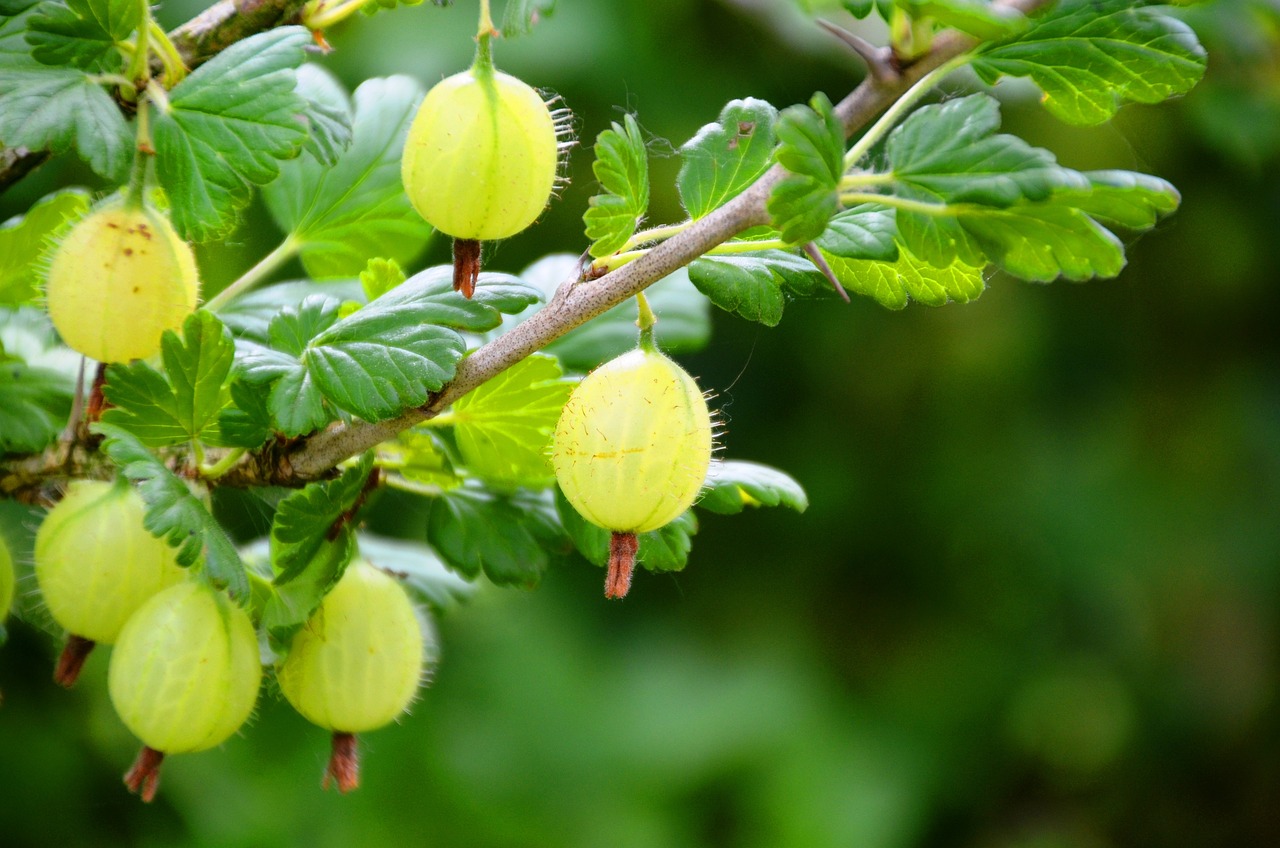
Hi it’s Dave. A family member close to me has irritable bowel sydrome. We grew Dinosaur Kale this year, and for the first harvest we had the kale raw with quinoa and cranberries in a nice salad. She had a massive debilitating attack about an hour later.
Turns out kale behaves like cruciferous veggies to her…painful spasms and gas and cramps. The next step is to try the kale cooked, but she is hesistant and rightly so.
Just a tip to other IBS sufferers, go easy with the kale and see how your body reacts….I love the stuff, as do the rabbits in my garden, its a battle to keep them from eating it before I get to.
Hi Dave,
I’m sorry to hear about your family member’s experience with kale and their IBS symptoms. It’s important to listen to our bodies and make adjustments to our diets accordingly. While kale can be a healthy option for many, it seems like it may not work well for your family member. Cooking the kale might be worth a try, as it can be easier for some individuals to digest when cooked.
It’s great that you’re sharing this tip with other IBS sufferers, so they can be mindful of how their bodies react to kale. Keeping the rabbits away from your garden must be a real challenge, but it’s nice to know they enjoy it too! Thanks for sharing your experience and reminding us to be cautious and listen to our bodies.
Take care!